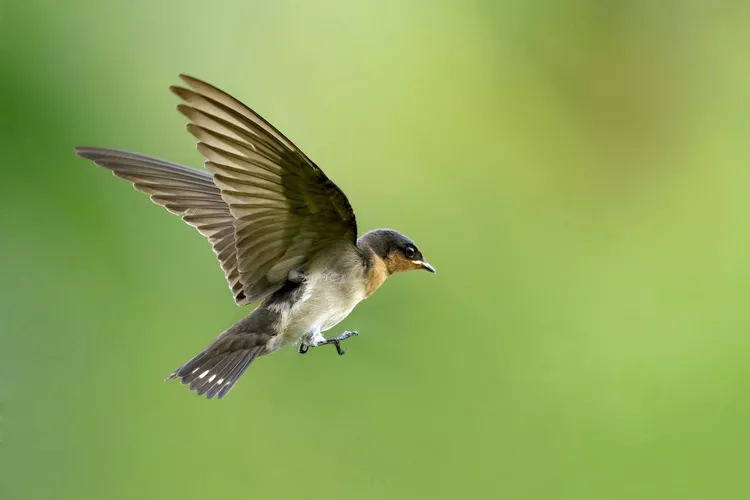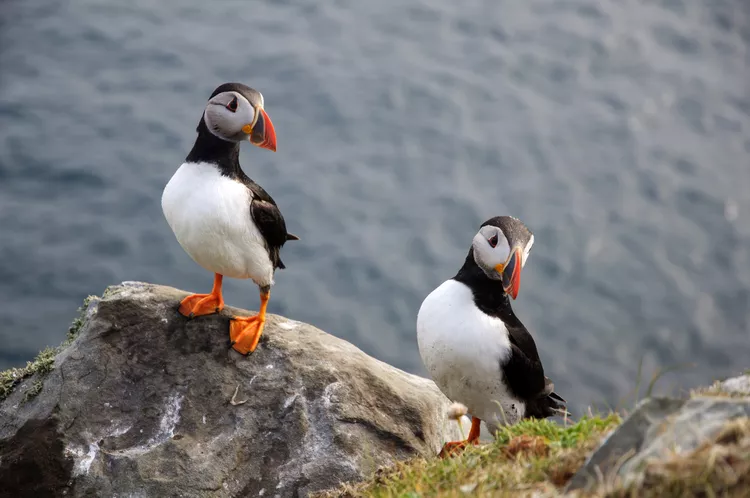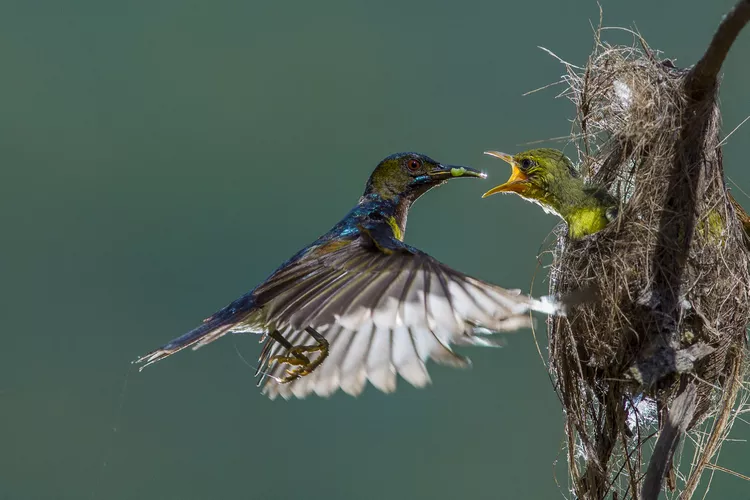They rule the skies, sing in the forests, and dazzle us with their colors. Birds are among the most fascinating creatures on Earth. Here are 10 surprising and essential facts that reveal just how incredible these feathered animals truly are.
While mammals may feel familiar to us, birds actually outnumber them in species diversity. Scientists estimate there are around 10,000 species of birds across the globe, compared to about 5,000 mammal species. The largest group of birds are the passerines, or perching birds, which are known for their singing and their feet adapted to clutch branches. Other major groups include cranes, cuckoos, and pigeons.

All birds (class Aves) fall into two infraclasses: Palaeognathae and Neognathae. Interestingly, “old jaw” birds like ostriches, emus, and kiwis actually evolved after the dinosaurs died out. Meanwhile, “new jaw” birds—including most modern birds—trace their origins back to the Mesozoic Era, when dinosaurs roamed the Earth.

Every major animal group has a signature body covering—mammals have hair, reptiles have scales, and birds have feathers. Contrary to popular belief, feathers didn’t evolve for flight. They first appeared in feathered dinosaurs and were likely used for temperature regulation, only later helping birds take to the skies.
The connection is clear: modern birds are direct descendants of theropod dinosaurs. They likely evolved multiple times during the Mesozoic Era, but only one lineage survived the mass extinction 65 million years ago. That’s why today’s birds—chickens, pigeons, penguins—are technically living dinosaurs!

Surprise! Birds are more closely related to crocodiles than they are to any other living reptiles. Both evolved from a group of ancient reptiles called archosaurs during the Triassic Period. Although dinosaurs and pterosaurs went extinct, crocodiles and birds survived—and some crocodiles today still enjoy eating their distant bird cousins!
Because many birds are small and often hidden in trees, they’ve evolved complex songs, calls, and vivid colors to communicate. Birdsong helps them find mates, establish territory, and warn off rivals. Bright plumage can signal strength or availability to potential partners.
In the bird world, monogamy usually means sticking with one mate during a single breeding season. Many bird pairs cooperate to raise their young and then go separate ways. A few species remain together for life, while some female birds can even store sperm for later fertilization—up to three months!
Bird parenting comes in all forms. In some species, both parents share egg incubation and chick feeding. Others leave the work to one parent—or to nature. For example, malleefowl bury their eggs in rotting vegetation for heat and never return. Then there’s the infamous cuckoo, which lays eggs in other birds’ nests and lets them do the work!

Tiny bodies mean fast heartbeats. A resting chicken’s heart can beat around 250 times per minute, while a hummingbird in flight reaches 600+ bpm! These ultra-high heart rates support their fast metabolism and active lifestyle—far higher than a cat’s (~180 bpm) or a human’s (~100 bpm).
Charles Darwin’s famous Galápagos finches played a key role in shaping his theory of natural selection. He observed that finches on different islands had unique beak shapes, adapted to specific diets and habitats. This variation from a common ancestor helped Darwin develop his landmark ideas about evolution.
Birds are more than just beautiful creatures in the sky. They are living examples of evolution, scientific marvels, and crucial players in ecosystems worldwide. From dinosaur ancestry to aerial mastery, their story is one of survival, adaptation, and wonder. Follow us to learn more about the incredible world of animals!
animal tags:
We created this article in conjunction with AI technology, then made sure it was fact-checked and edited by a Animals Top editor.